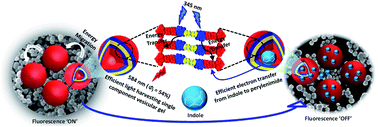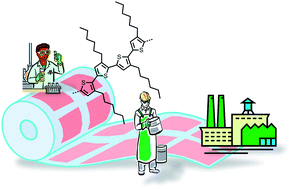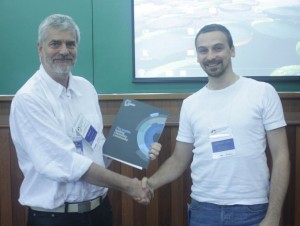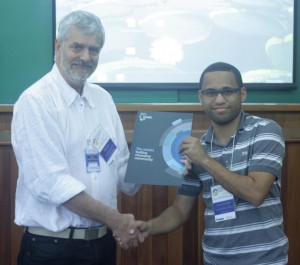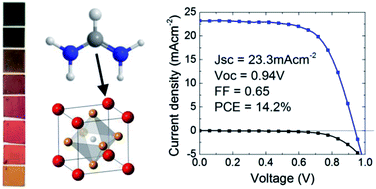This month sees the following articles in Energy & Environmental Science that are in the top 10 most accessed from October –December:
The energetic implications of curtailing versus storing solar- and wind-generated electricity
Charles J. Barnhart, Michael Dale, Adam R. Brandt and Sally M. Benson
Energy Environ. Sci., 2013,6, 2804-2810
DOI: 10.1039/C3EE41973H, Analysis
Low-temperature processed meso-superstructured to thin-film perovskite solar cells
James M. Ball, Michael M. Lee, Andrew Hey and Henry J. Snaith
Energy Environ. Sci., 2013,6, 1739-1743
DOI: 10.1039/C3EE40810H, Communication
Electrochemical energy storage in a sustainable modern society
John B. Goodenough
Energy Environ. Sci., 2014,7, 14-18
DOI: 10.1039/C3EE42613K, Opinion
Challenges in the development of advanced Li-ion batteries: a review
Vinodkumar Etacheri, Rotem Marom, Ran Elazari, Gregory Salitra and Doron Aurbach
Energy Environ. Sci., 2011,4, 3243-3262
DOI: 10.1039/C1EE01598B, Review Article
Graphene-based nanocomposites: preparation, functionalization, and energy and environmental applications
Haixin Chang and Hongkai Wu
Energy Environ. Sci., 2013,6, 3483-3507
DOI: 10.1039/C3EE42518E, Review Article
Lithium ion battery applications of molybdenum disulfide (MoS2) nanocomposites
Tyler Stephenson, Zhi Li, Brian Olsen and David Mitlin
Energy Environ. Sci., 2014,7, 209-231
DOI: 10.1039/C3EE42591F, Review Article
Assessing the drivers of regional trends in solar photovoltaic manufacturing
Alan C. Goodrich, Douglas M. Powell, Ted L. James, Michael Woodhouse and Tonio Buonassisi
Energy Environ. Sci., 2013,6, 2811-2821
DOI: 10.1039/C3EE40701B, Analysis
Highly efficient organic tandem solar cells: a follow up review
Tayebeh Ameri, Ning Li and Christoph J. Brabec
Energy Environ. Sci., 2013,6, 2390-2413
DOI: 10.1039/C3EE40388B, Review Article
Depleted hole conductor-free lead halide iodide heterojunction solar cells
Waleed Abu Laban and Lioz Etgar
Energy Environ. Sci., 2013,6, 3249-3253
DOI: 10.1039/C3EE42282H, Communication
3D carbon based nanostructures for advanced supercapacitors
Hao Jiang, Pooi See Lee and Chunzhong Li
Energy Environ. Sci., 2013,6, 41-53
DOI: 10.1039/C2EE23284G, Review Article
Why not take a look at the articles today and blog your thoughts and comments below
Fancy submitting an article to EES? Then why not submit to us today!












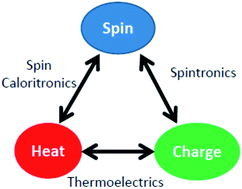
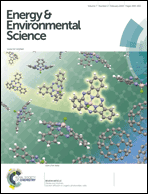 The latest issue of EES is now online. You can read the full issue
The latest issue of EES is now online. You can read the full issue 

